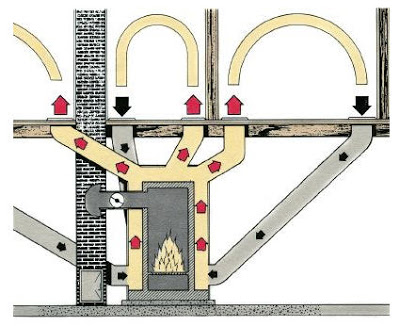The fan speed varies depending on the cooling or heating load but the fan operates at lower speeds most of the time.
Forced air heating fan noise.
Although there is a grate to protect against objects obstructing your fan small twigs and debris can make its way inside.
Noise from a wheel out of balance is completely different from noise due to a restriction in air flow from a plugged coil.
The big problems typically include noise and blockage of airflow usually caused by dirt or by furniture or draperies blocking the registers.
Over time the forced air furnace may begin to get noisy for several reasons.
The motor for the blower makes noise as it works to spin the fins which get air moving.
There is little that can go wrong with a forced air system.
A tech replaced the blower motor and cleaned the fan blades a month ago so ruling out motor or dirty blower wheel.
The amount of noise depends on how much air the fans must work with how hard the fan must push the.
Outdoor unit regardless of a heat pump or air conditioner a sudden loud rattle is usually due to a branch or other type of debris stuck inside the exhaust fan.
Noisy blower wheel on residential forced air furnace.
You ll still know your system is working.
A forced air system is also efficient for distributing cool air from a central air conditioner with the same ducts registers and blower.
In this type of system hot air is forced through a spiderweb of duct work that runs throughout the home.
Metal air chambers such as your furnace plenum and attaching duct work all contain fast moving warm air.
The forced air furnace system is the standard in home heating.
Noise forced air heating is not quiet.
Mark center of start collars on the return and supply side of the heating duct.
And since less air is moving through your ducts noise levels are lower sometimes dramatically so.
It eventually passes through the vents to heat the entire room.
Gas burners inside gas furnaces ignite and fire as gas flows in.
And finally all this working together can vibrate all or part of your furnace.
Cut holes in sheetmetal ducts using a drill fitted with a circle cutting jig.

